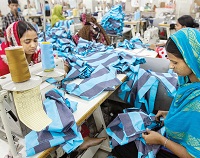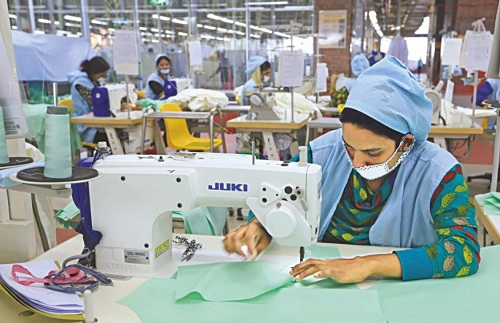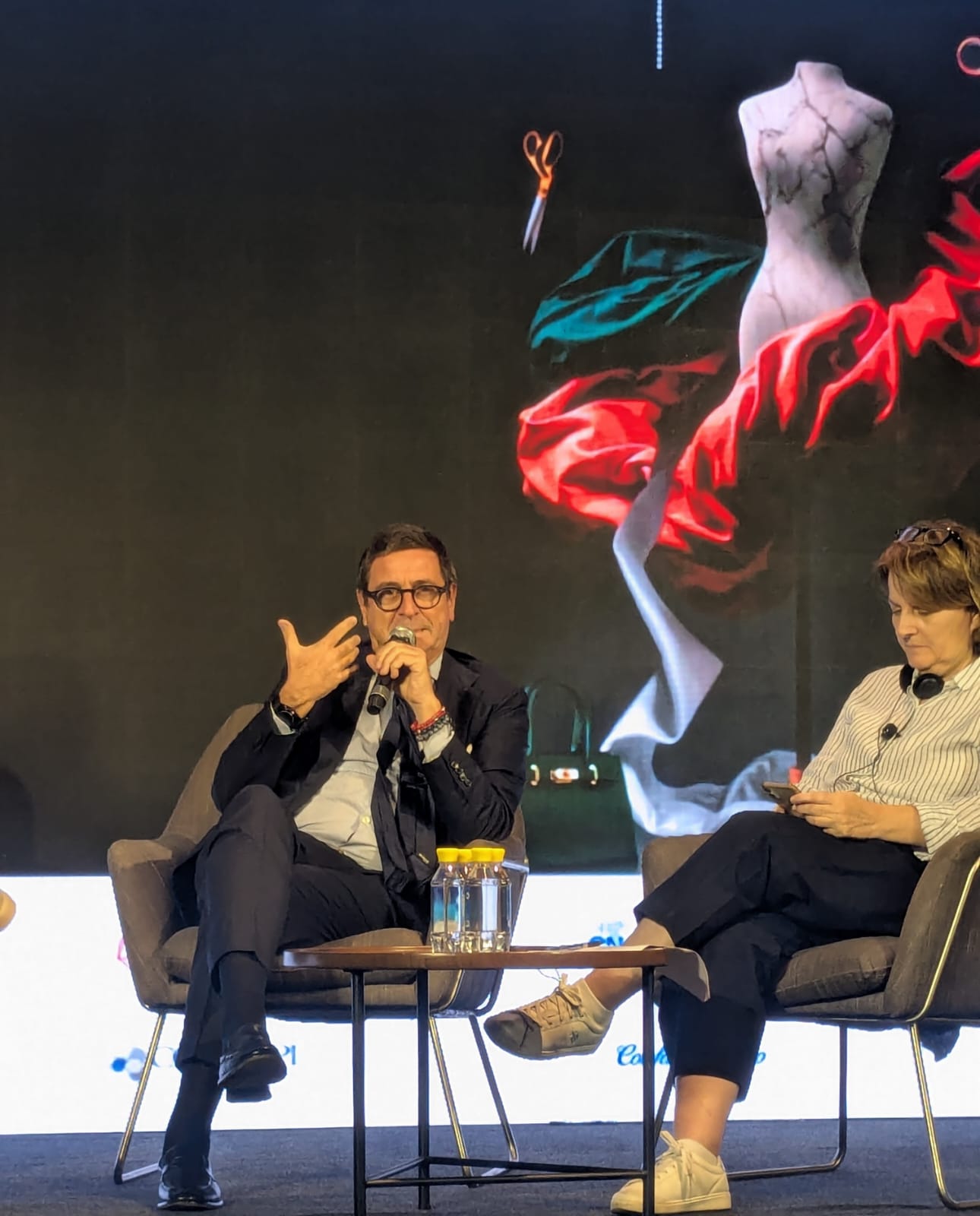 Despite majority of its garment factories complying with international quality standards, Bangladesh has not been able to secure orders for high value-added or high-end apparels. The country is still stuck with the production of basic fashion items. Its shift to high-end apparel production is happening slowly and on a small scale.
Despite majority of its garment factories complying with international quality standards, Bangladesh has not been able to secure orders for high value-added or high-end apparels. The country is still stuck with the production of basic fashion items. Its shift to high-end apparel production is happening slowly and on a small scale.
At the bottom of fashion pyramid
Average Bangladeshi apparel makers are still stuck with the bottom three producers in the country, says Fahim H Rahman, Former Executive Director, New Asia Group and Managing Partner of Noksha Capital. The country’s share in global high-end apparel production is as low as 20 per cent as high-end apparels are expensive due to the raw materials, fits, detailing etc, explains Rubana Huq, President, BGMEA. The share of high-priced apparel is still as low as 20 per cent. Bangladesh currently manufactures premium or upper-middle jackets, suits, denim, sweaters, etc for upper middle brands including: Burberry, Tommy Hilfiger, and Marks & Spencer, etc
One reason, Bangladesh has not been able to capture the high-end market is its factories have been manufacturing low-end or upper-middle garments for decades. They need to be trained to handle complex designs. For instance, Tarina Mannan, President, Sunman Group used to earlier make samples in New York and then get them tested for viability in China and Bangladesh.
decades. They need to be trained to handle complex designs. For instance, Tarina Mannan, President, Sunman Group used to earlier make samples in New York and then get them tested for viability in China and Bangladesh.
New courses for design development
For almost 35 years, Bangladesh has been copying the samples of basic products from global counterparts. To produce high-end products, the country needs to develop its own designs. To achieve this, BGMEA offers various courses at the University of Fashion and Technology and a few private institutions. Yet, it still does not manufacture designer outfits at a significant level. Its value in the global market remains low as it still does business in the traditional method.
After Rana Plaza tragedy, Bangladesh factories not only increased their capacity but also became compliant with Accord and Alliance. COVID-19 impacted their market severely. From July 2019-June 2020, the country raked in $28.82 billion, according to the General Statistics Office of Vietnam and the Export Promotion Bureau (EPB) of Bangladesh. Lack of local raw materials
One major issue that Bangladeshi RMG makers face is the lack of local raw materials which prevent them from producing premium or high value-added products. Also, for basic products, Bangladesh usually gets a four-month lead time. But for premium products it gets a maximum 60 days and it takes 90 days to source yarn, fabric, and cotton.
Inefficient infrastructure
Another issue is traffic jams roads and the absence of five-star hotels near the airport. If buyers plan to visit two factories, they end up visiting only one due to severe traffic congestion. BMEA currently is in talks with the Institut Français de la Mode (IFM) in Paris and the Ministry of Commerce to address this issue. Together these companies plan to take up projects on developing fashion wear by using indigenous textile materials like Jamdani, Taant, etc.












